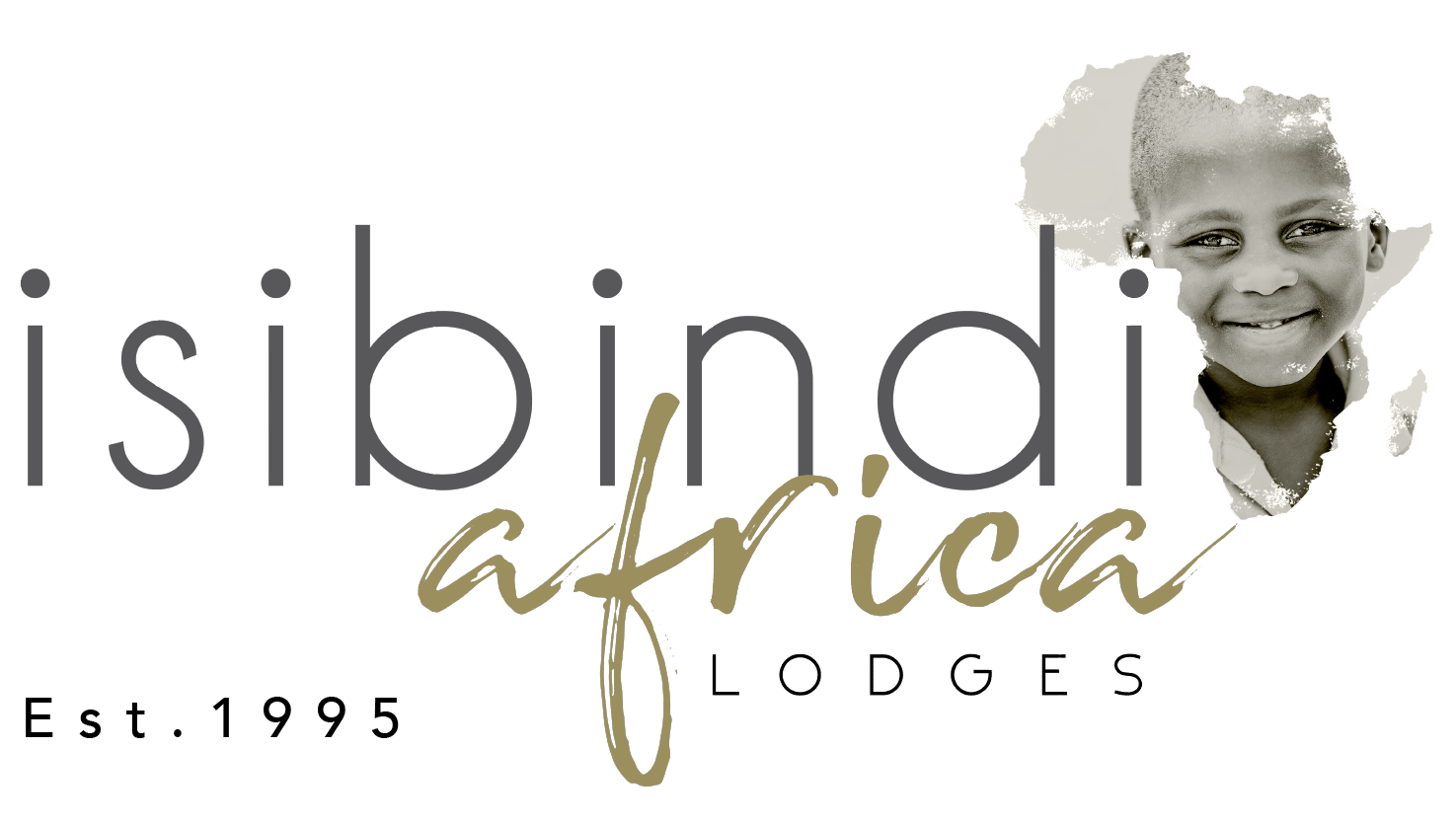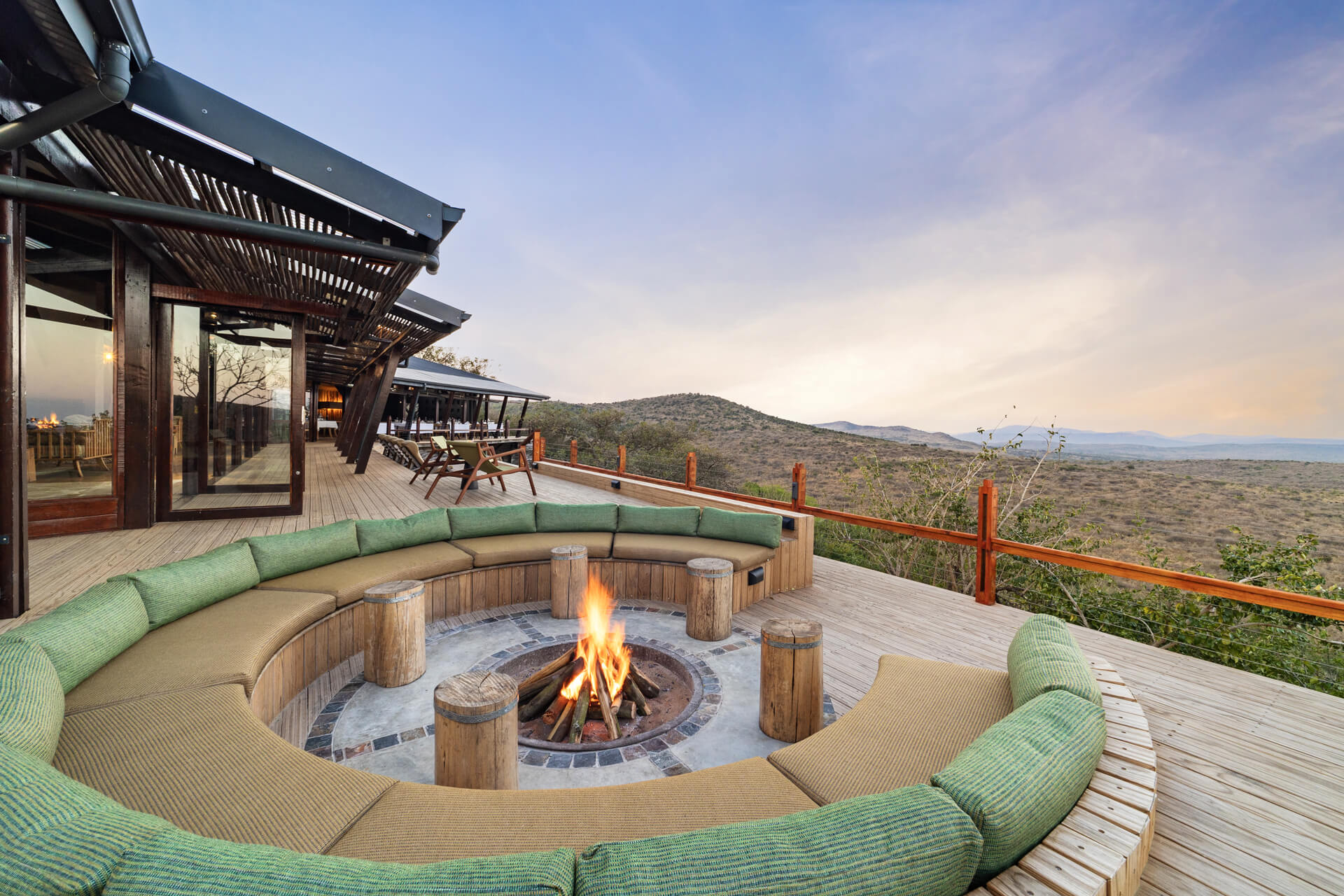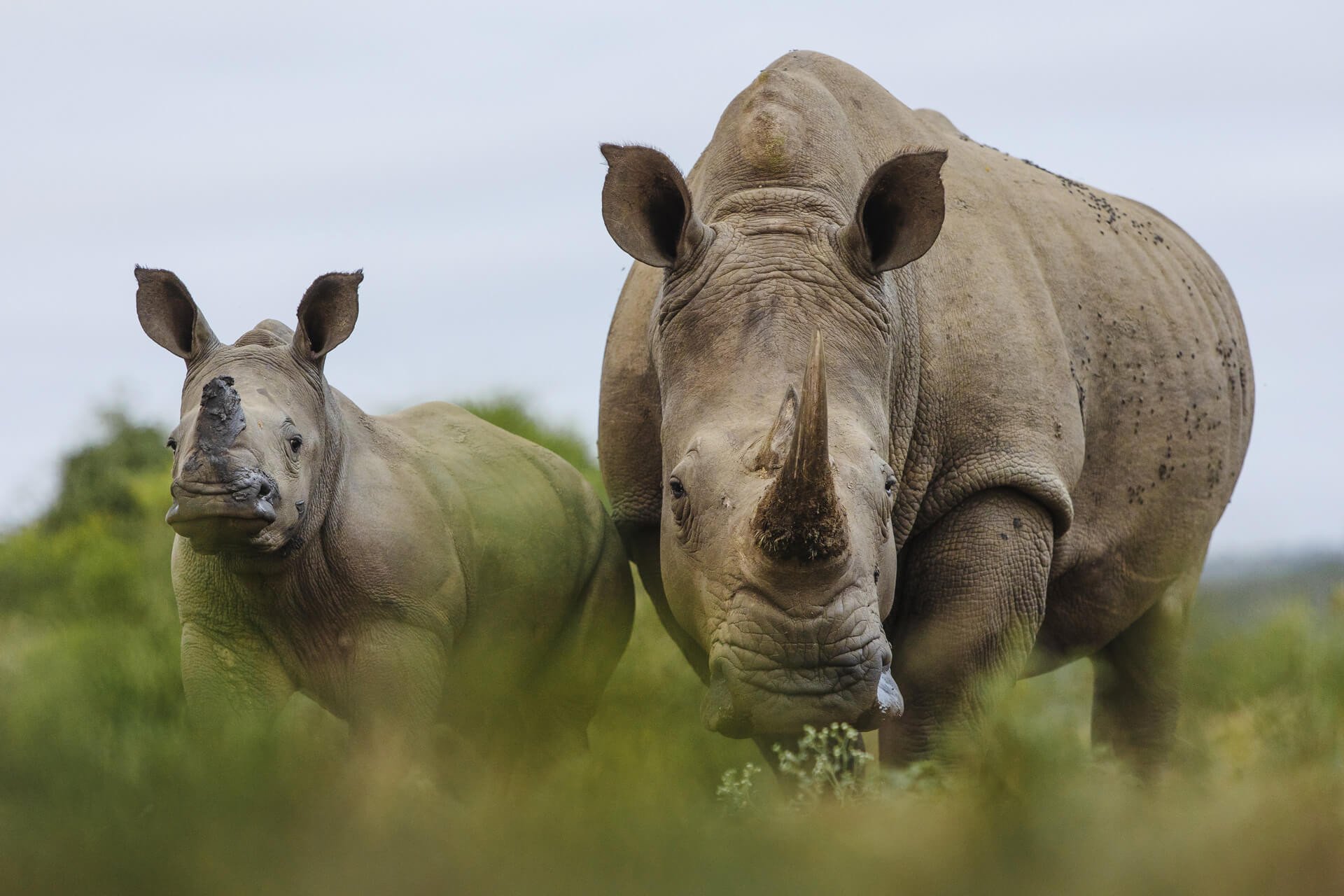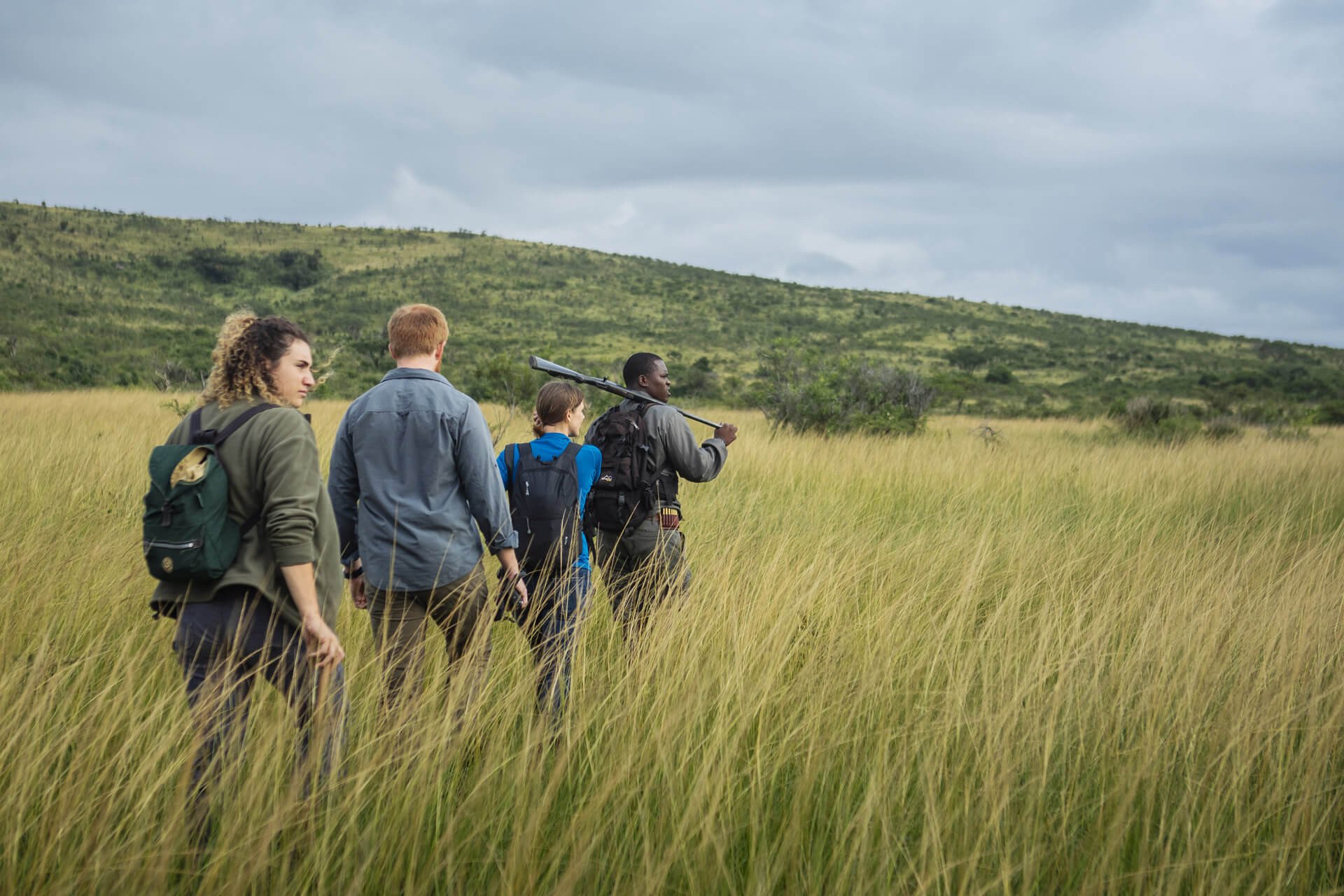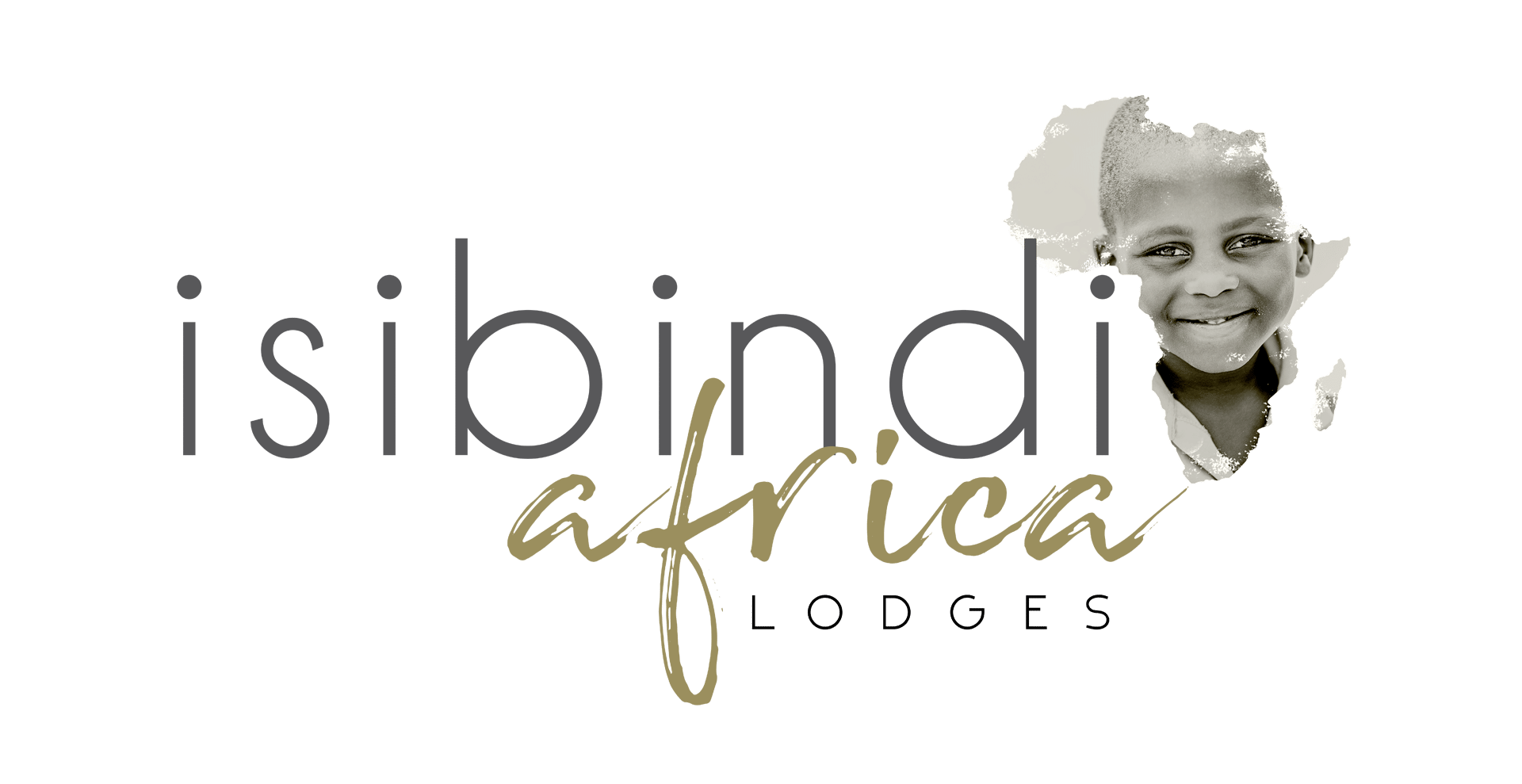blogMeet the Nkosis
Posted in:Community Support | Rhino Ridge Safari Lodge
Posted on:July 31, 2020
by Ann and Steve ToonSeptember 5, 2019
A new initiative in South Africa’s Hluhluwe-iMfolozi Game Reserve is enabling guests to experience what it is really like to live in a rural Zulu household. Ann and Steve Toon paid a visit.
Mam Nkosi is dashing from her hut clutching something close to her body. The frill of her bright pink skirt lifts and dips as she hurriedly approaches. Then she sinks back down on the rush mat where we women, and her three well-behaved grandchildren, are seated under a tree, and pushes a red-bound book towards me with a knowing smile.
It’s a photo album – of her wedding to Bab Nkosi, who is seated on the other side of the smouldering fire with my husband Steve, on proper chairs, which is apparently the fitting place for the men of a Zulu household – and also, it would seem, male visitors of a certain age – to sit.
Through the curling smoke we women and assembled children can see the men are completely bemused by our instant fascination in the pages as we admire and giggle in turn at the cherished photographs of their big day. There’s Mam Nkosi in her wedding dress – more western than traditional Zulu in style – and there’s a very solemn, smart and serious looking Bab Nkosi who looks like a rabbit caught in the headlights as the official photographer attempts a formal portrait of the couple. More laughs and giggling.
As we’re poring over the pictures, their youngest child, the hood of his sweatshirt pulled close round his head in the style of cool young teenage boys everywhere, dutifully hands round tea and slices of cooked sweet potato. The light is fading, the meat on the fire is starting to spit and hiss and we suddenly realise we’ve been chatting non-stop all afternoon; pretty much since being welcomed to their home.
“Do you have a dowry system in England for getting married as we do?” asks Mam Nkosi, her head to one side and looking first at her daughter Zamani and then at us.
Zimani, who is studying conservation here in Kwa-Zulu Natal, is translating for us, as she is the only member of the family to speak English well. Zimani has encouraged us to ask her parents whatever we want about the family and their way of life. We invite the Nkosi family to do the same.
“What would it feel like if Bab Nkosi took another wife, as some Zulu men do?” we suggest. “Painful,” comes the reply in an instant, as the pair exchange quiet, but fond glances. “But he would have to ask me first,” she adds with a fierce glint in her eye.
We’re staying the night here at the Nkosis’ place so there’s lots of time to chat; whether about politics, South Africa, life in the UK, the past under apartheid, the cost of living, what the future holds for us all…
The Nkosis live as an extended family, together with Gogo (grandma), Bab Nkosi’s mother, in a neat compound of several small huts, plus our simple little guest hut and bathroom. They keep chickens and have a small number of cows which the children gather up into the safety of a fenced kraal for the night while us grown-ups are still chatting. Bab Nkosi describes his 11 cows as his ‘bank account’. Pretty much all the material wealth they have in the world is tied up in them.
Their compound sits on a hill overlooking Kwa-Zulu Natal’s Hluhluwe-iMfolozi Game Reserve, where we’ve just been on safari for two days staying at Rhino Ridge, the reserve’s first private lodge, which organises these homestays in addition to more conventional safari activities such as game drives and bush walks.
During our stay, Zamani is constantly looking to engage us actively in her parents’ lives. She says they are going to cook one of their chickens for our dinner and suddenly asks if we’d like to help catch it.
Before we have a chance to think twice, the whole family, and us less-experienced chicken catchers, are chasing around the place like a scratch soccer team with chickens squawking and feathers flying everywhere. Steve manages to tackle our dinner to the ground, to the surprise and admiration of the whole family, and returns to the group triumphantly holding it tightly under his arm.
He looks less pleased when he nibbles on its gizzards at dusk; a rather chewy speciality cooked on the coals for us as a treat ahead of dinner while we continue our animated conversations.
Earlier we’d been invited into Gogo’s hut to say hello. The hut is also the place where the family’s ancestral spirits gather, Zimani informs us as she ushers us inside. Gogo spends her days there now seated on a mattress weaving traditional Zulu reed mats with occasional help from her tiny great granddaughter, who is clearly an expert.
Gogo beckons me over to have a go. For a while all I succeed in doing is knotting the various strands and messing up her work, but Gogo patiently coaxes me until I get the hang of it and I’m going along just fine… until I go wrong again and require her help. She hugs me warmly and holds my hand, grinning. Ba Nkosi tells us later she’s proud to have visitors staying with the family “because she sees it as a healing process following the country’s divided past”.
The afternoon has flown by and it’s almost time to retire inside to the hut where food is prepared and eaten, to enjoy our homely chicken, spinach and maize porridge supper – women and children seated on rush mats on one side of the hut and the men on rush mats on the other.
Before we do, the children, bored of the ceaseless adult chatter, sing songs for us they’ve learned at school. They teach us one song that includes a game of tag and before long we are all of us linked in a circle by the fire, hands clasped, playing chase in the dark…
The idea of these sleepovers is for visitors to experience what life is like for a typical family in rural Zululand. As regular visitors to southern Africa for our wildlife photography there’s seldom chance to properly engage with local people beyond the staff and guides at the lodges and tourist establishments where we stay. I’m sure it’s the same for most travellers on safari.
How many times have we looked beyond the reserve boundaries at the little settlements on the edges of the park and wondered who lives there and what their lives are like? This welcome initiative is the ideal chance to find out, and to make a real connection with local people.
We confess we were both a little sceptical beforehand. Would it be an authentic experience or simply a watered-down or jazzed-up version of traditional Zulu family-life for the tourist?
Looking out now from this tranquil and beautiful spot overlooking the valley at sunset, the plush lodge – now a small speck in the view from the family’s outdoor living space – seems a world away. The Nkosis and their people own the land the smart contemporary lodge is built on. But despite the promise of shared benefits this vision brings, (97 per cent of lodge staff come from the local Mphembeni community) the lives of this family still run largely in parallel to the reserve, rather than as a part of it, and the game park and its wildlife is almost as unknown to Bab and Mam Nkosi as their friendship and hospitality was to us before today.
Perhaps now, with simple initiatives like this one, that will start to change.
All images by Steve and Ann Toon
The Nkosi family depend on the Home Stay Initiative for their income. The normal rate of R990 per person includes accommodation, traditional dinner and breakfast, Zulu beer and cold drinks, and guests join the family in their daily activities.
The Isibindi Foundation (Isibindi Africa Lodges) was instrumental in setting up the Home Stay Initiative, and currently do all the administration, marketing and support of the venture through Isibindi Africa Trails. Other community initiatives include taking schoolchildren into Hluhluwe iMfolozi Park on a regular basis, and establishing a Wildife & Conservation Club at the local school. For more information see www.isibindifoundation.co.za
